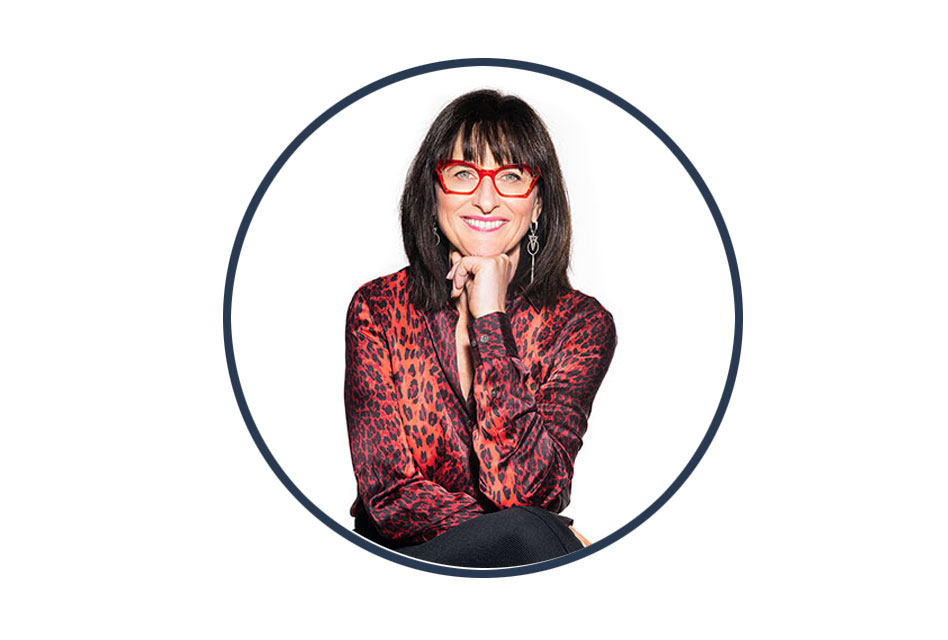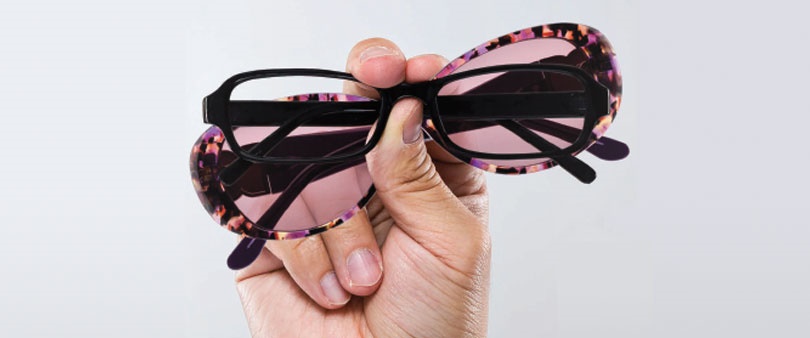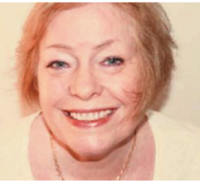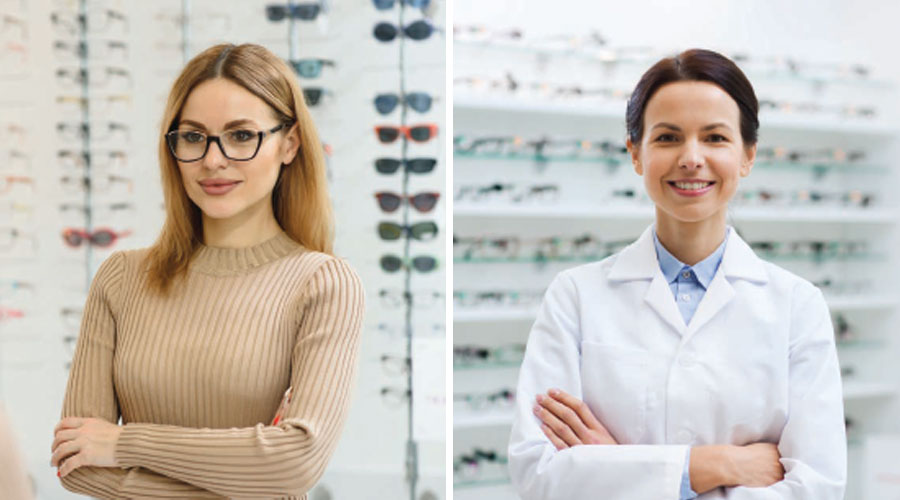
How can your team attract your ideal clients and style multi pairs?
First Impressions
Your team can be powerful in representing your business brand, and these all-important people are your calling card and first point of contact in your practice.
We do live in a society where appearances matter, and your patients are assessing your practice based on that first interaction with one of your team members.
People will make a split-second decision about you within the first 30 seconds of meeting you. Usually, this is impacted by your eye contact, greeting, and attire.
Your patients are deciding that fast how successful you are, your education, your expertise, and how trustworthy you are, all based on appearances. It’s true!
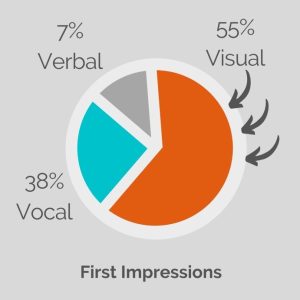
Clothes Impact How Others See You
What you wear is a message to others and to yourself about who you are. The “psychology of clothing” tells us that there is more than meets the eye when it comes to the clothes you choose.
Wearing a lab coat or scrubs implies that you are in a medical profession. Wearing athletic clothes shows that you’re sporty and fit and on your way to the gym. Rocking a stylish outfit suggests you are in a fashion role.
But the association between clothes and perception runs even deeper than that. What you wear impacts how others perceive your personality and actions, and it directly influences your thoughts and behaviours.
Can Clothing Affect Your Behaviour?
Researchers at Northwestern University have found that the clothing we wear affects our psychological states as well as our performance levels. Hajo Adam and Adam Galinsky coined the term, enclothed cognition.
Enclothed Cognition is the scientific term for the idea that clothing impacts how we think and act. The theory says the clothing we wear (or that others are wearing) changes our thought patterns.
And this isn’t new. Originally clothing was worn for necessity to protect us but eventually morphed into fashion and a visual means of communication. What we wear can be a non-verbal way to express our unique personalities and create a favourable impression.
For centuries, what one wore was an indication of status in society. It indicated where you ranked, what you could afford and what profession you were in.
For example, certain colours (like purple) and fabrics (like silk) were reserved for the royal or elite classes. People would strive to mirror the same look and save to buy an accessory or dress to make them look the part.
Perception is visual and clothing and fashion is just as important today as it was centuries ago. It also tells your own brain what kind of behaviours and language it needs to possess while wearing a certain outfit.
Think of how you feel and act wearing work out gear compared to being dressed for a wedding. People tend to embody the expectations of the outfit.
Fashion Psychology Can Benefit Your Practice
You can use the psychology of clothing to work in your favour to be even more powerful and productive in your optical gallery. Wearing clothing and eyewear that is your style when you are styling eyewear for others can be used to your benefit.
Positioning your practice to have the desired results is a conscious choice. If you would like to be perceived as a “medical” practice, you can definitely “rock the scrubs”.
If your business plan is to scale your gallery and make the offer for lucrative multi pairs, clothing psychology suggests that a fashion clothing style will help you achieve that goal.
When getting dressed for your day, ask yourself “What do I want to feel like today?” and then think of an article of clothing in your closet that makes you feel that way. And don’t stop there. Go all out with your eyewear that is the perfect style for you.
Do your heels make you feel like a confident woman?
Do your glasses make you feel fierce, intelligent, friendly?
Does your jacket make you feel empowered?
Does your favourite shirt make you feel fashionable?
Project the very best you, attract your ideal clients to your eyewear gallery and then relax and spend your day styling and selling.
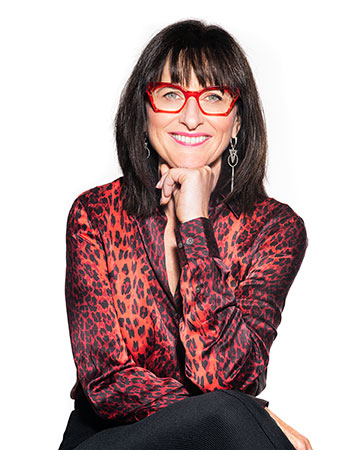
WENDY BUCHANAN
Wendy Buchanan, Eyewear Image Expert is a Registered Optician, Image Consultant and Educator. She is the creative force behind the Be Spectacular Eyewear Styling System® for Eye Care Professionals. Wendy helps eye care practices to systematically reinvent their eyewear dispensaries to create an exceptional buying experience and increase profits.
Connect with Wendy on Instagram https://www.instagram.com/bespectaculartraining/












